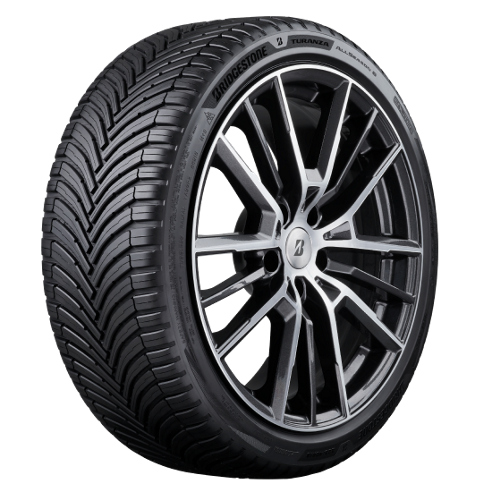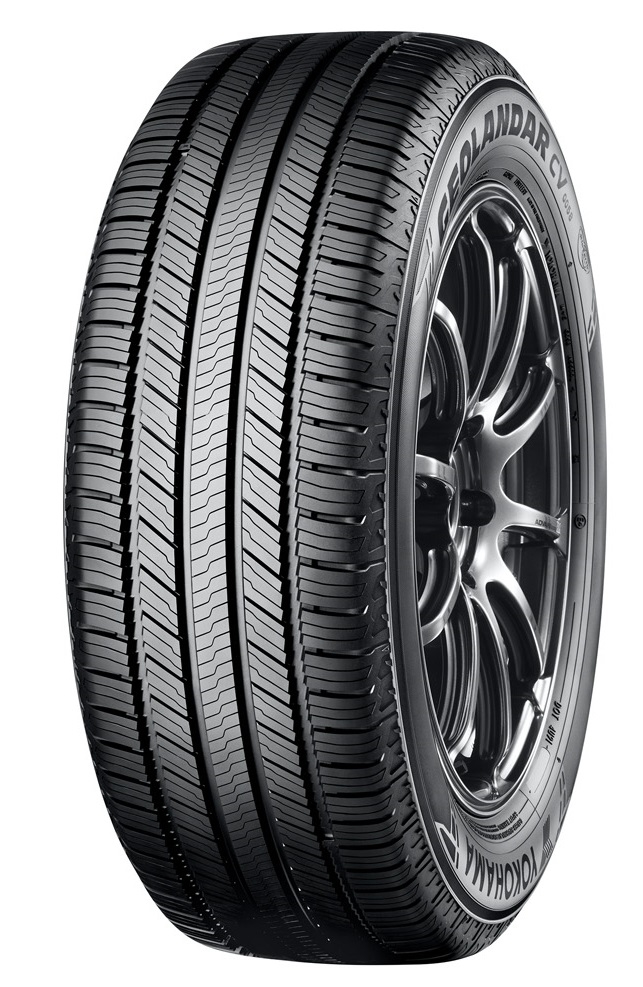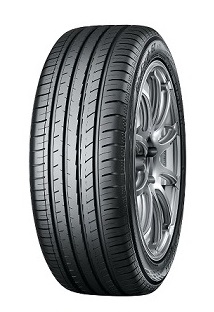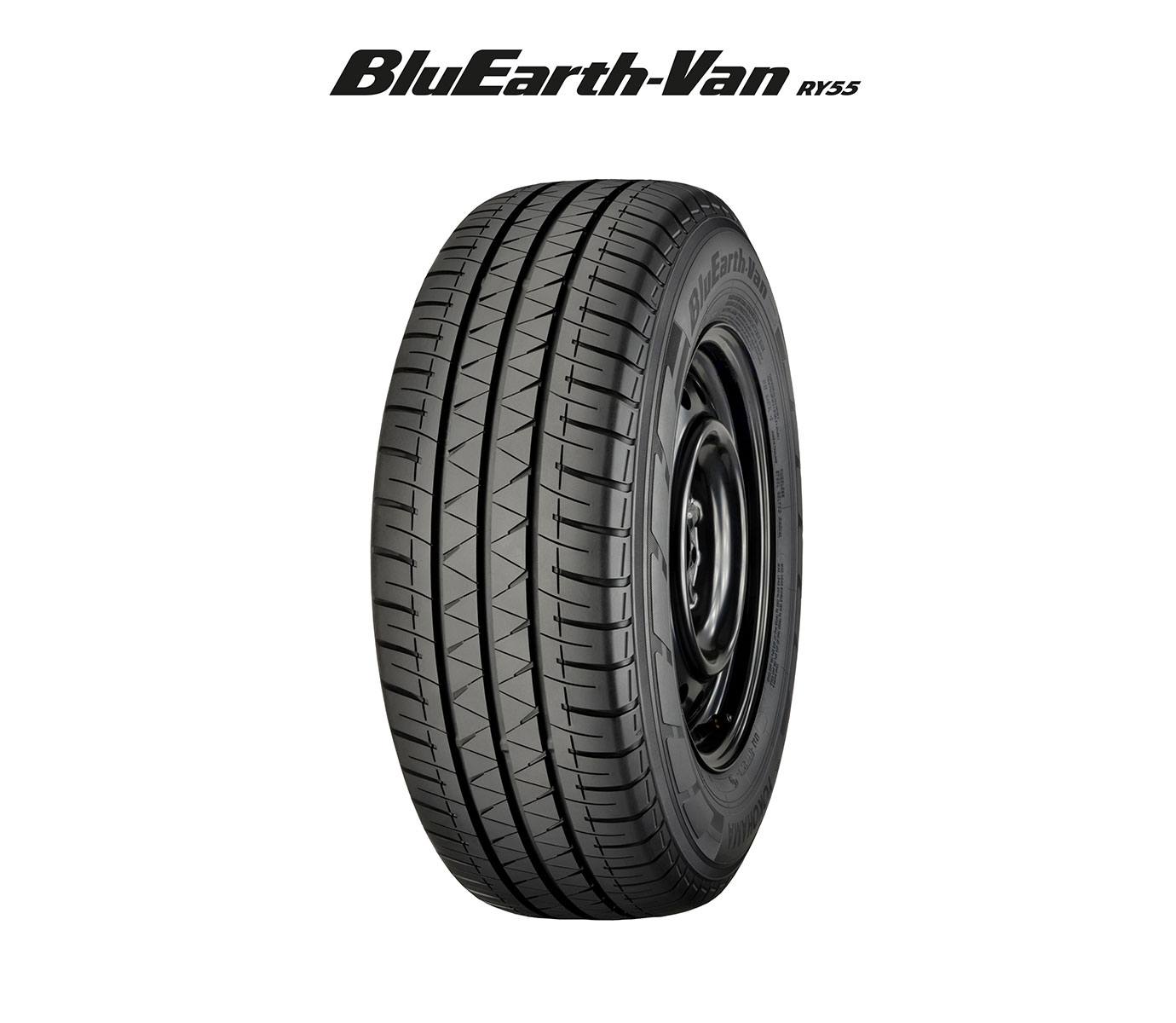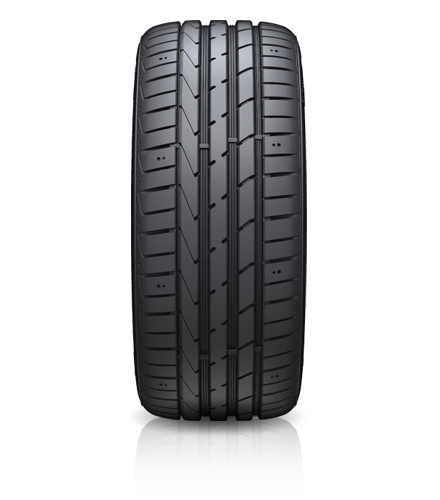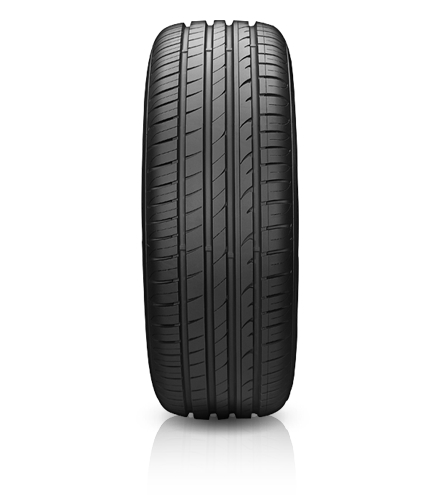Breakdown cover provider Start Rescue has added its voice to the automotive industry chorus singing a tyre safety message to the motoring public. With tyres or wheels involved in 20 per cent of all requests for roadside help it receives, Start Rescue is particularly focusing on the hazards of driving on ageing tyres, something that campervan and classic car owners need to look out for.
For Start Rescue, knowing how old a tyre is should be as important as checking tread levels, as both may help motorists avoid calling out their breakdown provider this spring.
“Better weather means all kinds of vehicles are coming out of hibernation and back on the road, such as cherished classics, cool convertibles, motorhomes, family runabouts and sports bikes. Even cars parked up for months by fair weather drivers will also make an appearance,” comments Lee Puffett, Start Rescue managing director. “And whilst there might be plenty of tread and you’re road legal, the tyres could be in bad shape. The majority of leading tyre manufacturers recommend replacing tyres at ten years, including the spare in the boot, and we think this is sound advice from the experts.”
While UK law requires commercial vehicle operators to replace tyres when they reach ten years of age, there is currently no legal age limit for car tyres in the UK. And while tyre condition is included in MoT testing, the onus is upon vehicle owners to keep an eye on their tyres between inspections. The good news is that anyone can check tyre age by looking at the DOT marking on the sidewall: The final four digits show first the week and then the year of manufacture (see photo). If these digits are, for example, 0212, the tyre was produced in the second week of 2012 – and it might be high time to replace it, even if the tyre still has ample tread.
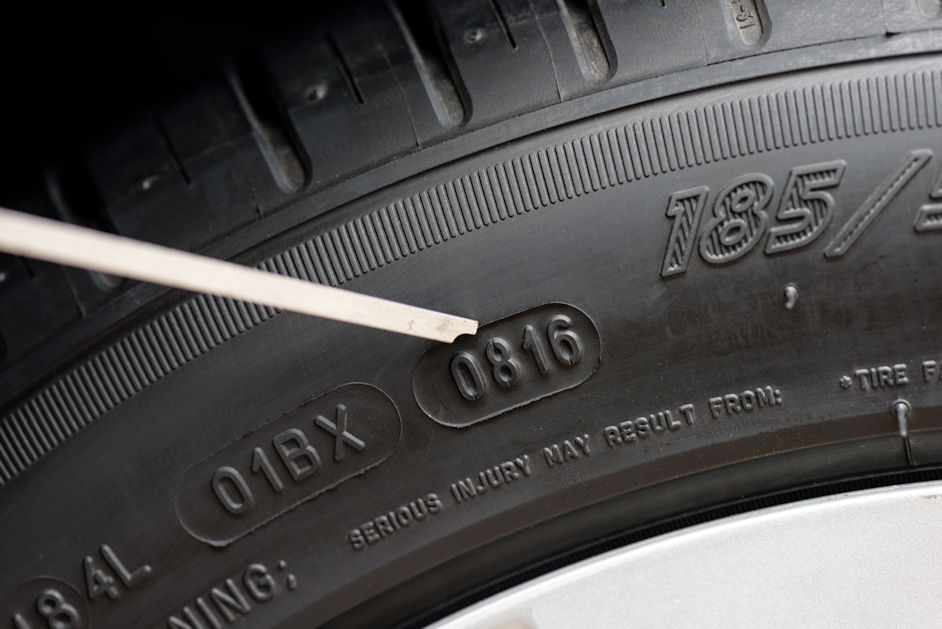
The last four digits of a DOT code reveal the week and year of production (Photo: Start Rescue)
Idle tyres age prematurely
As mentioned at the start, a fifth of Start Rescue’s roadside assistance requests are tyre or wheel related, and the breakdown cover provider comments that “those stats are nudging in the wrong direction” – it notes a seven per cent increase in the first months of 2023 compared to last year.
The ten-year ‘time for change’ advice is not the only factor influencing tyre condition. Even younger, low mileage tyres can grow old before their time due to low usage, periods of idleness or the rubber drying out due to UV light exposure. Tyres fitted to frequently used vehicles, on the other hand, can often be healthier as anti-oxidising chemicals that slow the ageing process are activated.
Start Rescue suggests a fortnightly routine, especially before long journeys, that focuses on tread depths, keeping to manufacturer-advised pressures and keeping an eye out for deterioration like cracks, uneven wear, bulges, cuts and the tyre’s age. Anything that doesn’t look right should be checked by a professional.
Puffett, concludes: “Worn tyres are dangerous, but add in potholes which are evident throughout the UK, and you could be facing a very serious problem for you and other road users. So, just as we do a major clean at home in spring, checking over your tyres at this time of year makes really good sense. Tyre-related breakdowns and safety issues are preventable if motorists will just do some basic checks on their pride-and-joy.”


